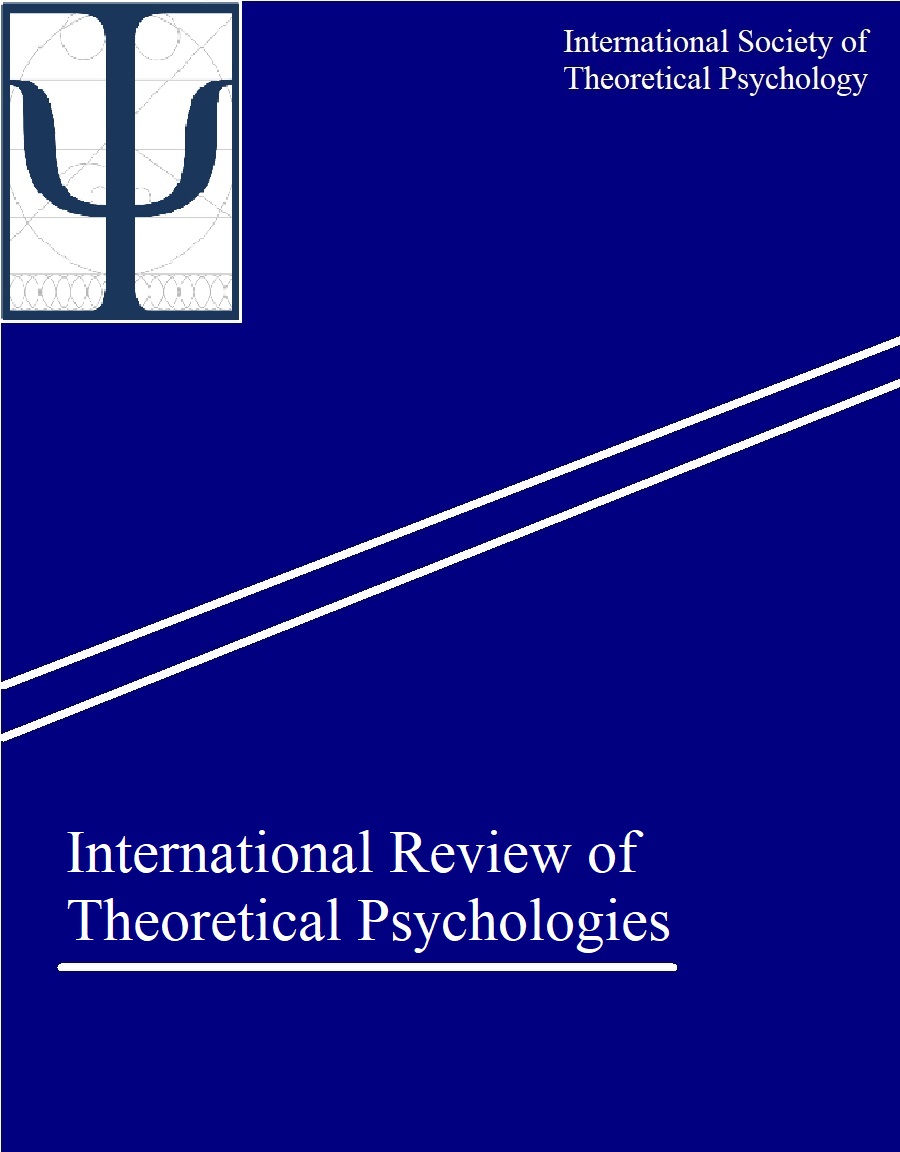The Production of Subjectivities in a Division of Applied Psychology
An Assemblage of Circulation Processes
DOI:
https://doi.org/10.7146/irtp.v1i2.128013Keywords:
Production of subjectivity, Actor Network Theory, Clinical Psychology, Recalcitrance, PluralityAbstract
This paper aims at discussing the different ways in which subjectivities are produced by psychological practices, with a focus on clinical practice. This research is conceptually based on Isabelle Stengers’ and Vinciane Despret’s Political Epistemology and Bruno Latour’s and John Law’s Actor-Network Theory. For these authors, scientific knowledge is produced not as a representation of reality through well-formed sentences, but as modes of articulation between researchers and investigated entities. To investigate these modes of articulation produced by clinical practices, we observed the modes of articulation present in specific psychological techniques with regard to their users, especially in a therapeutic environment. These techniques follow a wide range of therapeutic approaches (psychoanalysis, cognitive behavioral therapy, Gestalt therapy and institutional analysis) are currently being observed at the DPA (Division of Applied Psychology) at UFRJ (Federal University from Rio de Janeiro) through interviews and an ethnographic approach. Furthermore, we will discuss processes related to interns and patients. With regard to the interns, we observed a very complex and almost impossible mode of negotiation with respect to the practices, concepts and duration of therapy among the therapy groups at DPA. Their education in these different therapeutic approaches can be likened to a process of purification: beyond the discussion of some basic concepts, much of the interns’ education consists in the constant criticism of other approaches. It is also very rare to observe students who practice more than one approach: beyond the pragmatic problem in articulating very different practices, there is a constant process of critique between both groups to which the intern belongs. With regard to patients it was possible to perceive two response patterns: 1) Canonical answers about what therapy is and what its goals are, demonstrating docility regarding the psychologist’s authority. 2) Answers with a more inquisitive position about psychology, with an underlying understanding that it is a way of seeing the world, a philosophy of life, thus presenting a more recalcitrant position. In this case patients link therapy to very diverse practices, and they do so in a very active way, in a process that resembles what Foucault calls the techniques of the self (a group of practices and exercises used actively by someone aiming to transform themselves into an ethical being). We can find such techniques among patients in various practices, e.g. writing in diaries, the singular appropriations of the discourse of the therapists, and even exercises of self-questioning and problematization of the instances of collective life, such as prejudice, stereotypes and subliminal messages. Thus, we can define patients in various ways, but not as passive and patient creatures.
Downloads
Published
How to Cite
Issue
Section
License
Copyright (c) 2021 Arthur Arruda Leal Ferreira, Marcus Vinícius do Amaral Gama Santos, Laura Petrenko Doria, Rafael de Souza Lima

This work is licensed under a Creative Commons Attribution-NonCommercial-ShareAlike 4.0 International License.
IRTP operates based on a non-exclusive publishing agreement, according to which the journal retains the right of first publication, but authors are free to subsequently publish their work. The copyright of all work rests with the author(s).
All content published in IRTP is licensed under a Creative Commons Attribution-NonCommercial-ShareAlike 4.0 International license (CC BY-NC-SA 4.0). This license allows authors and readers to share and adapt content for non-commercial purposes, provided that they abide by the following terms:
- Give credit to the original author(s)/creator(s) and attribution parties (i.e., IRTP);
- Provide a link to the original source, to the extent practicable;
- Include the copyright notice and/or indicate the corresponding Creative Commons license;
- Indicate what, if any, adaptations were made to the original; and
- Share adapted content under the same license as the original.
Authors are encouraged to familiarize themselves with the various Creative Commons licenses. Readers are advised to consult the licensing information embedded in each published work to ensure that they are familiar with the terms of use that apply.





